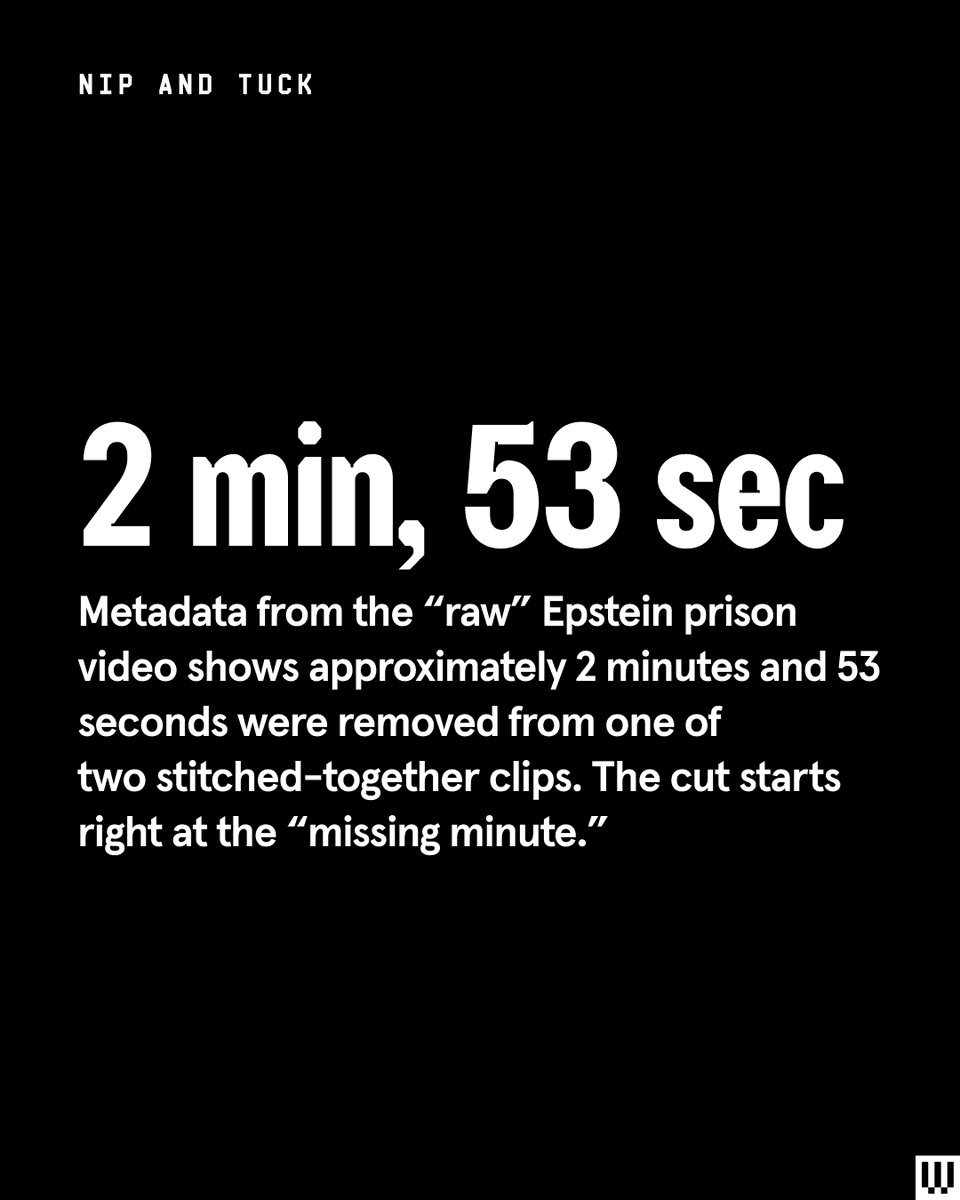Back in March, a study on how long the coronavirus lasts on surfaces fueled what one author called “the great fomite freakout.” People scrubbed everything from mail to groceries.
It's time to reassess. Here’s what we now know about surface spread 1/ wired.trib.al/mDdeApF
It's time to reassess. Here’s what we now know about surface spread 1/ wired.trib.al/mDdeApF
The March study found the virus was present after a few hours on cardboard, and after several days on plastic and steel. But researchers were careful to say that they only tested how quickly the virus decayed in a laboratory setting, not whether it could still infect a person 2/
Since then, additional studies have painted a picture that is much more subtle and less scary. One clear takeaway is that, given an adequate initial dose, the virus can linger for days or even weeks on some surfaces—like glass and plastic—in controlled lab conditions 3/
The second consistent finding is that there’s plenty of evidence of the virus on surfaces in places where infected people have recently been. Viral RNA has been found at outbreak sites and locations where people have quarantined 4/
It’s tempting to piece those two elements together: If the virus is on the surfaces around us, and it also lasts for a long time in lab settings, naturally we should vigorously disinfect. But that doesn’t necessarily reflect what’s happening 5/
In one recent study, researchers left virus samples out for days on various surfaces in lab conditions and found they could culture the remaining virus in tissue. In other words, it remained infectious 6/
Then they gathered samples from highly contaminated environments: Covid-19 isolation wards at a hospital, and at a hotel used for people in quarantine. The virus was abundant. But when they tried to culture those samples, none were infectious 7/
Another confounding factor is saliva. Spit-test studies suggest some viral proteins denature faster than others, and that the virus as a whole may not remain infectious. Saliva is also less hospitable to pathogens than the synthetic substances often used in lab-based studies 8/
It also helps to consider the extraordinary chain of events that would need to happen to successfully spread SARS-CoV-2 from a surface. First, a sufficiently large amount of the virus would need to be sprayed by an infected person onto a surface 9/
The surface would need to be the right kind of material, exposed to the right levels of light, temperature, and humidity so that the virus does not quickly degrade. Then the virus would need to be picked up—which you would most likely do with your hands 10/
But the virus is vulnerable there. And then it needs to find a way inside you—usually through your nose or your eye—in a concentration big enough to get past your mucosal defenses and establish itself in your cells. Simply put, the risk is low 11/
Of course, low risk is not no risk. There are high-touch objects that merit disinfection. People at high risk from Covid-19 may want to take extra precautions. But the best advice for breaking that object-to-nose chain? Wash your hands 12/ wired.trib.al/mDdeApF
• • •
Missing some Tweet in this thread? You can try to
force a refresh





